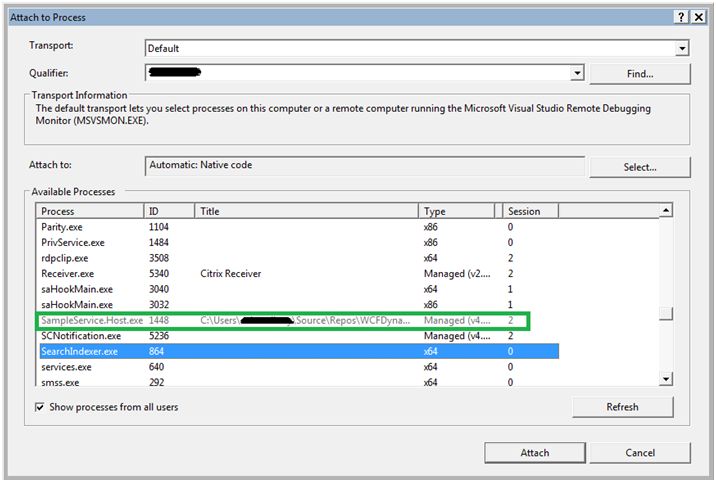

SET = DATEADD(hour, out could be useful but most likely the first thing we want to do is find out why this is in a never ending loop. Kind of a contrived example, but let’s say we need to know what’s going on here. PRINT vs SELECT is pretty subjective and frequently you can use either or.
#Azure data studio debug stored procedure code#
It’s also a great way to see which paths your code is taking. This is a great way to find out what’s in a variable, or maybe what the query for an EXISTS statement is going to return. So what can we do instead? I have three major categories of debugging techniques. Not to mention if you have to figure out why this query isn’t pulling the data you expect in production. Of course, that requires sysadmin access and getting that can be problematic in anything but your own personal box. And technically, you can do this with SQL Server if you have access to the debugger. Now, if you are a developer you are probably used to being able to step through your code, set watch values to see the contents of variables, etc. Use what you find works best for you.ĭebugging stored procedures, functions, even views is something I end up doing quite a bit.

Change INSERT/UPDATE/DELETE statements to SELECTs.ĭisclaimer: These are techniques I use all the time. Comment/uncomment out pieces of code to isolate problems.
#Azure data studio debug stored procedure how to#
In the next blog in this series I will outline how to use the output parameters from these activities using the If Condition activity.Tl dr Add PRINT and/or SELECT statements. Now that the lookup component has been configured it’s time to debug the pipeline and validate the output results of our activities.Īfter a successful run you can validate the output parameters by clicking on the buttons highlighted in the below image, this was explained in more detail back in the first post of this blog series. Take a look at the stored procedure code below: For this blog I have kept the code simple to demo the functionality of the lookup task. Keep in mind that this code would typically be a little more robust as this control table would have many rows for many different sources. The stored procedure referenced in the previous step is a very simple stored procedure that is returning the last ExecutionDate from my Control Table. Finally, click the radial button for Stored Procedure and then choose your stored procedure from the drop down list.I have chosen a dataset that links to my Azure SQL DB where my control table and stored procedure current exist. We are going to return results from a stored procedure. A dataset must be selected even though we are not returning the results from the selected dataset. After the name has been assigned from the previous step, select the Settings tab.In the properties window I changed the name of the task to “Get Last Load Date” to make it more descriptive.First, I am going to drag the Lookup activity into the pipeline along with the Get Metadata activity from the previous blog posts.Maybe this is something that Microsoft will add as functionality in the future, but for now the lookup activity will get the job done!

The reason we are not using the stored procedure activity is because it currently does not produce any output parameters and therefore the output of a stored procedure can not be used in the pipeline.

For this demo we are using the lookup activity to execute a stored procedure instead of using the stored procedure activity. If you come from an SQL background this next step might be slightly confusing to you, as it was for me. Setting up the Lookup Activity in Azure Data Factory v2


 0 kommentar(er)
0 kommentar(er)
